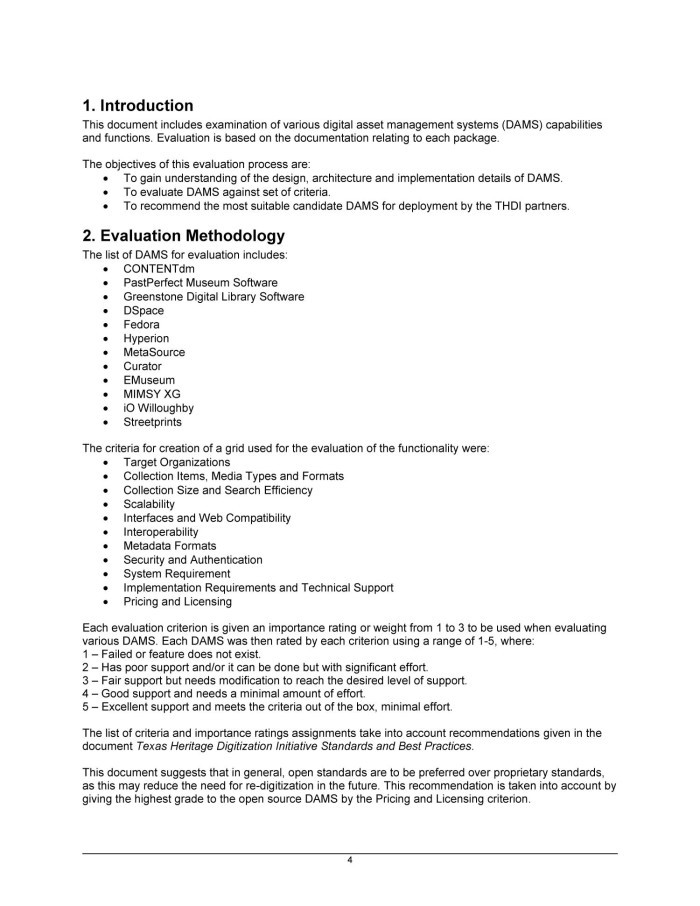Introduction to the Investment Management Issue
Post on: 15 Июнь, 2015 No Comment

Share
Finance researchers at Chicago Booth have a long history of leadership in academia and of providing practical impact. The deep influence of Chicago Booth research on academia is reflected in long citation counts and the number of academic awards and honors won by the faculty. The economic theory and empirical work produced by researchers at Chicago Booth have also found practical application in investment practice, in the construction of appropriate corporate capital structures, in the formation of banking regulation, and in a host of other contexts. Chicago Booth’s tradition in research has at its core a culture that demands both rigor and grounding in real world observations and practice.
One outcome of this environment was the establishment of the Center for Research in Security Prices (CRSP) at Chicago Booth in 1960. A year earlier, associate dean James Lorie fielded an intriguing call from Louis Engel, a vice president at Merrill Lynch, Pierce, Fenner & Smith. The firm wanted to advertise how well the average investor had performed by investing in common stocks. But Engel, who needed solid data on market returns in order to back up his claim, didn’t have the numbers. Booth faculty offered to help collect the data and compile it into a database. With an initial grant of $50,000 from Merrill Lynch, CRSP was born. CRSP looked at stock market data in such a transformational way that it allowed the rates of return on common stock to be measured for the first time.
CRSP is now the most important source of historical securities market data for academic researchers and many practitioners. The innovative data products created at CRSP have fostered continuing research at Chicago Booth and around the world.
Today, the center continues Chicago Booth’s tradition of financial research, innovation, and deep faculty involvement with a new and exciting development at CRSP: the creation of a set of practical and investable stock market indexes. These new indexes provide the foundation for future academic research and promise to improve the practice of investment management.
Financial support and infrastructure are essential for the maintenance of the culture and tradition of research excellence at Chicago Booth. This past year saw the establishment of the Fama-Miller Center for Research in Finance. The goal of the center is to provide the institutional structure and resources required to push forward the boundaries of finance research. The center is named in honor of Eugene F. Fama, Robert R. McCormick Distinguished Service Professor of Finance, and Nobel laureate Merton H. Miller, and recognizes their transformative contributions to the field of finance and the investment industry.
The center was founded with the generous support of Mac and Leslie McQuown, and John and Serena Liew, all long-time friends of the University and of Chicago Booth. The careers of the founding members of the Fama-Miller Center reflect the tradition of research and learning excellence at Booth.
Mac McQuown is cofounder of Diversified Credit Investments, a San Franciscobased investment firm. He led the team at Wells Fargo that, in 1971, created the first institutional index fund, based on Fama’s efficient markets hypothesis and his own belief that computers and quantitative analysis could measure risk and return for virtually the entire equity market. In 1981 McQuown also became a founding member of the Board of Directors at Dimensional Fund Advisors, a company cofounded by Wells Fargo colleague and Chicago Booth alumnus David Booth, who donated the naming gift for the school. McQuown’s approach to practical investment and the new CRSP indexes reflect the long tradition of a quantitative approach that emphasizes diversification, indexation, and cost minimization.
John Liew received his BA, MBA, and PhD from the University of Chicago and is a cofounder of AQR Capital Management, an investment management firm employing disciplined multiasset investment processes to manage a diversified range of offerings from traditional benchmark-oriented long-only strategies to absolute return alternative strategies. At AQR, Liew heads the global asset allocation team and is a member of the firm’s strategic planning and risk committees. Prior to cofounding AQR, Liew worked at Goldman, Sachs & Co. as a portfolio manager in the asset management division, where he developed and managed quantitative investment strategies. Prior to joining Goldman, Liew worked at Trout Trading Company where he also developed quantitative investment strategies.
This issue of Capital Ideas showcases recent research on investment management by Chicago Booth faculty. The selected works feature empirical analysis based on CRSP data as well as new theoretical developments. A distinguishing feature of all of the works is the insights they provide for the practice of investment management. The lessons range from new perspectives on the measurement and management of long-run risk and return, the evaluation of mutual fund performance and active management, and the impact of high water marks on the incentives of hedge fund managers.














